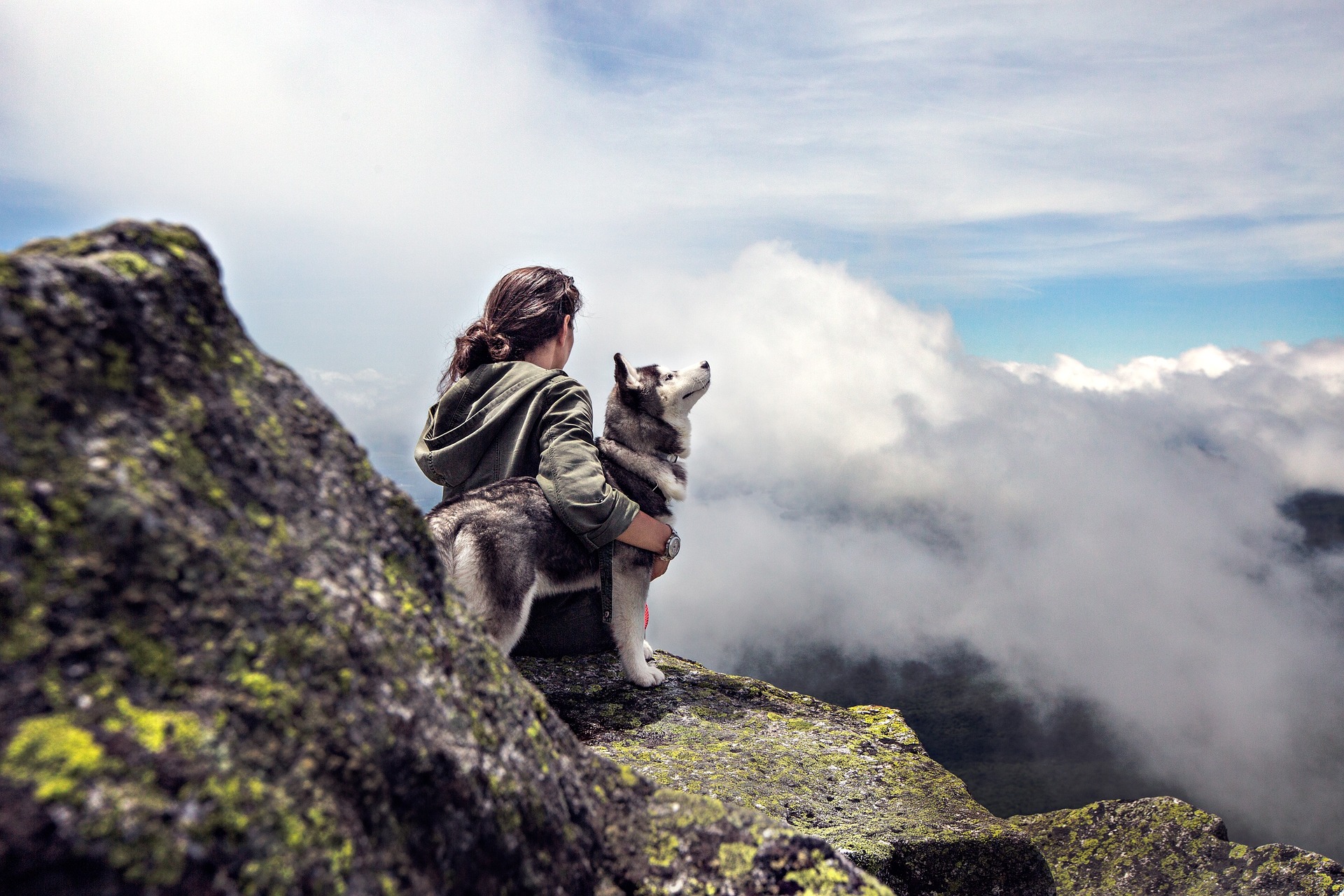Understanding the Social Structure of Wolf Packs: A Deep Dive
Introduction: Enter the fascinating world of wolf social dynamics. This article delves into the intricate social structures of wolf packs, exploring their hierarchy, communication methods, and survival strategies. Join us on an enlightening journey into the lives of one of the most social and misunderstood creatures in the animal kingdom.
An Insight into Wolf Pack Dynamics
Wolves are social creatures, living in groups known as packs. A typical wolf pack may consist of about five to eleven members, but some can grow to include up to 30 individuals. The social structure within a wolf pack is complex, yet incredibly efficient. There’s a strict hierarchy, with an alpha male and alpha female at the top. They are the pack leaders, making critical decisions and leading the group during hunts.
The Role of Alpha Wolves
Alpha wolves, often the parents of most pack members, carry significant responsibilities. They are tasked with making strategic decisions that ensure the pack’s survival, like deciding when and where to hunt or move about territory. While it was initially believed that alphas maintained their position through aggression, recent studies suggest that it’s more about confidence and capability rather than dominance.
Communication Methods within the Pack
Wolves are known for their iconic howl, but their communication methods are far more nuanced. They utilize a sophisticated system of vocalizations, body language, and scent marking to convey information. For instance, the position of a wolf’s tail can indicate its rank within the pack. High tail positions often denote higher rank, while lower positions suggest submission.
The Importance of Pack Hunting
One of the primary reasons for the existence of wolf packs is the collective hunting strategy. Wolves primarily prey on large ungulates, like elk and bison, which are difficult for a single wolf to take down. The pack works together in a coordinated manner, each member playing a specific role in the hunt, showcasing their intelligence and teamwork.
Current Conservation Efforts for Wolves
Despite their critical role in maintaining ecological balance, wolves are often misunderstood and persecuted. However, conservation efforts are underway to protect these beautiful creatures. The reintroduction of wolves in Yellowstone National Park has shown positive effects on the ecosystem, illustrating their integral role in nature.
In conclusion, the social structure of wolf packs is a testament to their intelligence, adaptability, and survival skills. As we continue to learn more about these awe-inspiring creatures, it becomes increasingly clear how crucial it is to protect them and their habitats. Their social dynamics not only fascinate us but also serve as a reminder of the complexity of wildlife and the importance of every creature in maintaining ecological balance.





